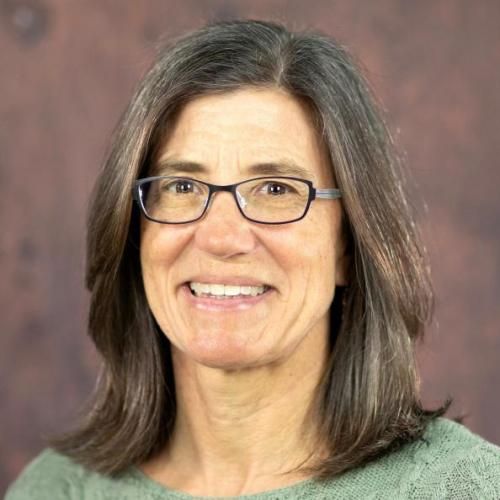On the feasibility of estimating ultrasonic shear wave attenuation using amplitude-based methods
Human tissues are known to be viscoelastic (VE), a type of material described by two behaviors: dispersion and attenuation. Several methods have been developed to measure shear wave dispersion, but quantifying shear wave attenuation (α) has been less successful, particularly using amplitude-based methods. Shear wave displacement amplitudes are dependent on several factors including geometric spreading, shear attenuation, and bias in ultrasonic displacement amplitude estimation. Recent developments using 3D single track location (STL) shear wave imaging have significantly reduced the error in effective tracking location arising from speckle bias, preserving the relative amplitudes of the shear wave. Using a cylindrically symmetric source, the shear wave can be modeled as a cylindrical wave, whose geometric decay is 1/√r. Shear wave displacements were generated from an analytic model and Gaussian white noise was added to the temporal shear wave velocity profiles to mimic jitter (25 dB SNR). One hundred realizations of noise were combined to model different radial trajectories from the excitation in the lateral-elevation plane of a volumetric acquisition. The time-domain Fourier Transform (FT) of these profiles was computed and shear attenuation as a function of frequency was estimated from the amplitude decay after correcting for geometric spreading. The results are compared with shear attenuation estimation obtained using the spectral spreading 2D-FT attenuation method. Root-mean-square-error (RMSE) compared to the analytic solution was calculated for both methods over the frequency range of 100 to 300 Hz. Both methods perform comparably with a large spatial extent (>40 mm); however the 2D-FT methods exhibit considerable bias with smaller window sizes.


